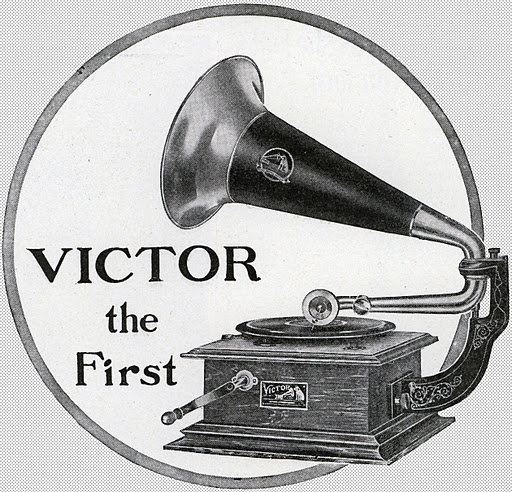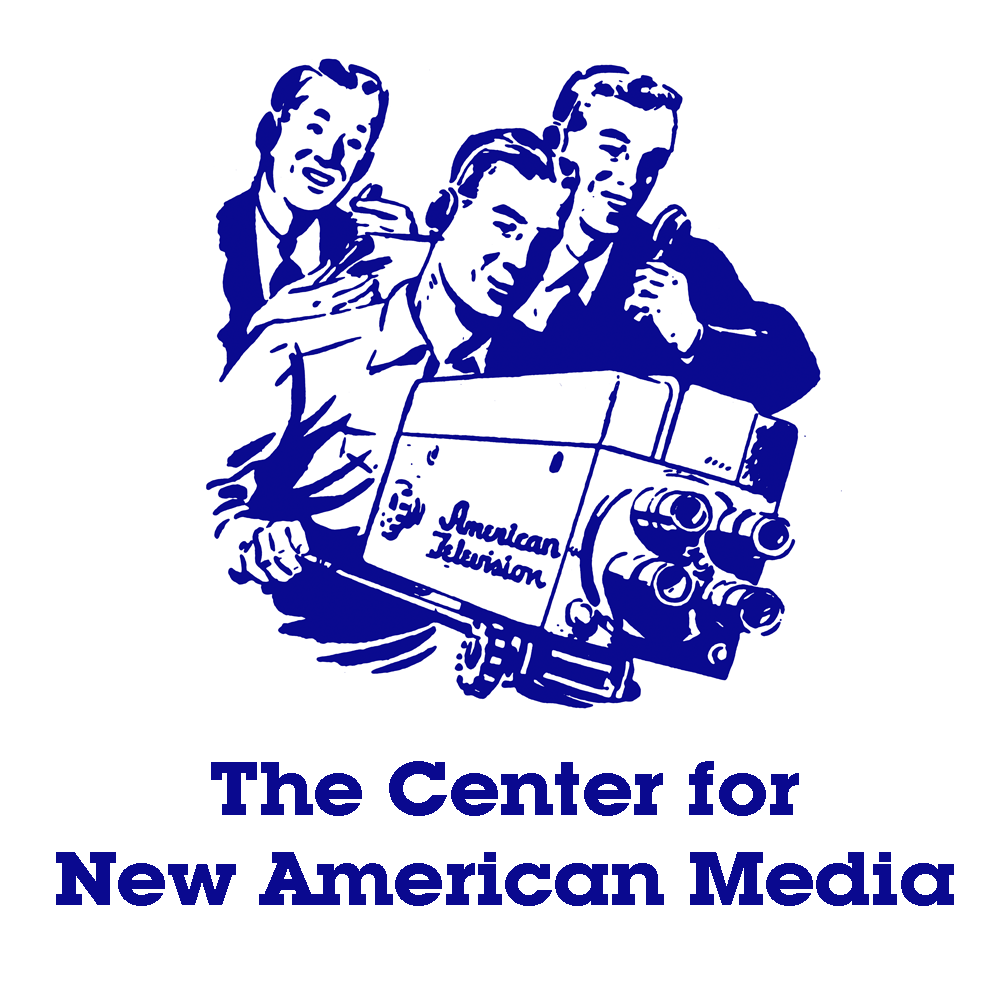The Rise of Consumer Culture

The era from 1880 to 1920 was one of great industrial growth. New items were being manufactured all around the world. There were new inventions and technological advancements. It was an exciting time for people who used to depend on themselves to produce their food and other necessities. They could now shop in local stores or in catalogs from companies like Montgomery Ward. The could even buy things on credit and pick out the items they wanted at stores like Woolworth's, where most items cost five or 10 cents.
All of these new opportunities came about because companies needed to find more customers for their goods. They needed to set themselves apart from their competitors. So, they started advertising their goods, telling people how much they would enjoy using them. They placed posters on the sides of buildings. They put carved wooden figures outside of their stores. They used store windows to showcase their products and to attract window shoppers to enter their stores. Hopefully, once they browsed the crowded shelves they would leave the stores, arms filled with their purchases. They hoped all these devices would make more people want their goods and know where to find them.
Because most of these goods were produced in factories, they were cheaper and more plentiful. In addition, since these goods were mass produced, people could buy them ready-made in stores. Gone were the days of made-to-order goods produced by local craftspeople.
America was becoming a nation of consumers. Even though they worked long hours, they still had more time to shop and access to more goods than they did when they were living on farms. People began to buy things to show off their status. They were particularly proud to buy things richer people had. To them, it meant that they had something in common with them.
Click to download a PDF copy of The Rise of Consumer Culture.
This article is part of the Past/Present Student Materials Packet.




